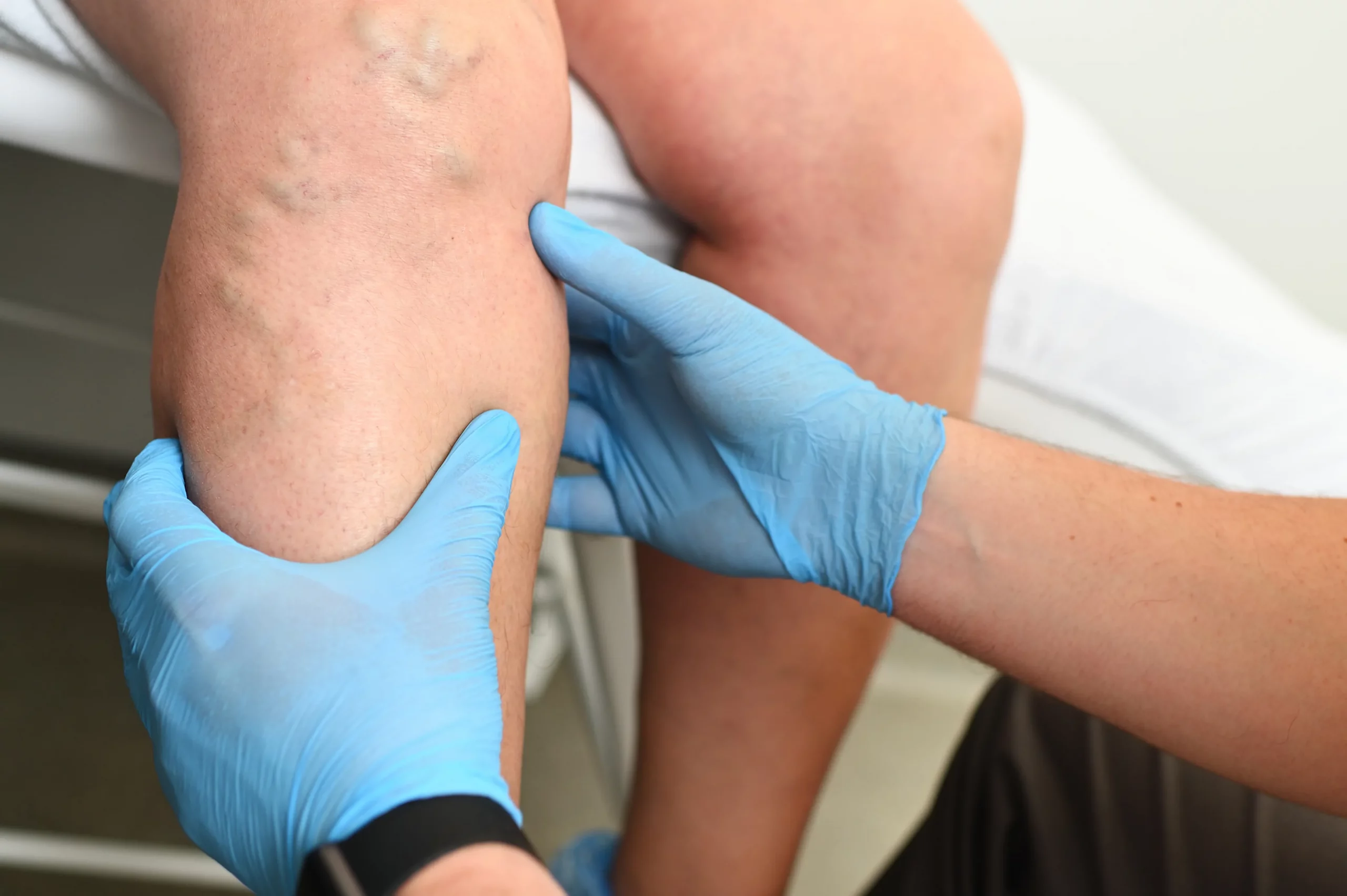Varicose veins affect millions of people worldwide, appearing as enlarged, twisted veins that often develop in the legs and feet. These prominent bluish or purple veins occur when blood pools in weakened or damaged vessel walls, causing them to bulge and become visible through the skin. While medical treatments exist, many people seek natural approaches to manage this condition. Here is more information on natural methods for preventing varicose vein development and managing existing symptoms:
Lifestyle Changes
Physical activity plays a significant role in maintaining healthy circulation and reducing the risk of varicose veins. Regular movement helps blood flow efficiently through the veins, preventing pooling that leads to vein enlargement. Weight management directly impacts vein health. Excess weight places additional pressure on leg veins, making them work harder to circulate blood effectively.
Prolonged sitting or standing creates circulation problems that contribute to varicose vein development. People who work at desks benefit from taking regular breaks to walk or stretch. Those who must stand for extended periods should shift their weight frequently and flex their calf muscles periodically. Leg elevation provides immediate relief for tired, aching legs while supporting long-term vein health. Raising the legs above heart level for 15-20 minutes several times daily helps blood flow more easily back to the heart.
Dietary Approaches
Anti-inflammatory foods support vein health by reducing inflammation that can weaken blood vessel walls. Berries, leafy greens, fatty fish, and nuts contain compounds that help maintain vein structure and function. Flavonoids, found in citrus fruits, grapes, and dark chocolate, strengthen blood vessel walls and improve circulation. These plant compounds help reduce inflammation while supporting the structural integrity of veins.
Fiber-rich foods prevent constipation, which can increase abdominal pressure and strain leg veins. Whole grains, vegetables, and legumes provide the fiber needed for healthy digestion and reduced vein pressure. Adequate hydration maintains proper blood viscosity, making circulation more efficient. Water helps prevent blood from becoming thick and sluggish, reducing the workload on veins. Limiting sodium intake prevents fluid retention that can worsen vein symptoms.
Physical Techniques
Compression stockings provide external support that helps veins function more effectively. These specially designed garments apply graduated pressure, with the strongest compression at the ankle decreasing toward the knee or thigh. Medical-grade compression stockings offer the most benefit and should be properly fitted by a healthcare professional.
Massage techniques may help improve circulation and reduce symptoms. Gentle upward strokes from the ankle toward the thigh can encourage blood flow back to the heart. Professional lymphatic drainage massage provides more specialized treatment that targets the lymphatic system alongside venous circulation.
Temperature therapy offers temporary relief from varicose vein discomfort. Cool water applications can reduce swelling and provide pain relief, while alternating warm and cool treatments may stimulate circulation. Avoiding prolonged exposure to heat, such as hot baths or saunas, prevents vein dilation that can worsen symptoms.
Get Treatment for Varicose Veins
Natural approaches to varicose vein prevention and management focus on supporting the body’s circulation systems through lifestyle modifications. Regular exercise, proper nutrition, and physical techniques work together to reduce symptoms and slow progression. These natural methods work best when implemented consistently and combined with professional medical guidance. While lifestyle changes can provide significant benefits, they may not completely eliminate existing varicose veins. Regular monitoring and professional evaluation help determine when additional treatment may be needed.



